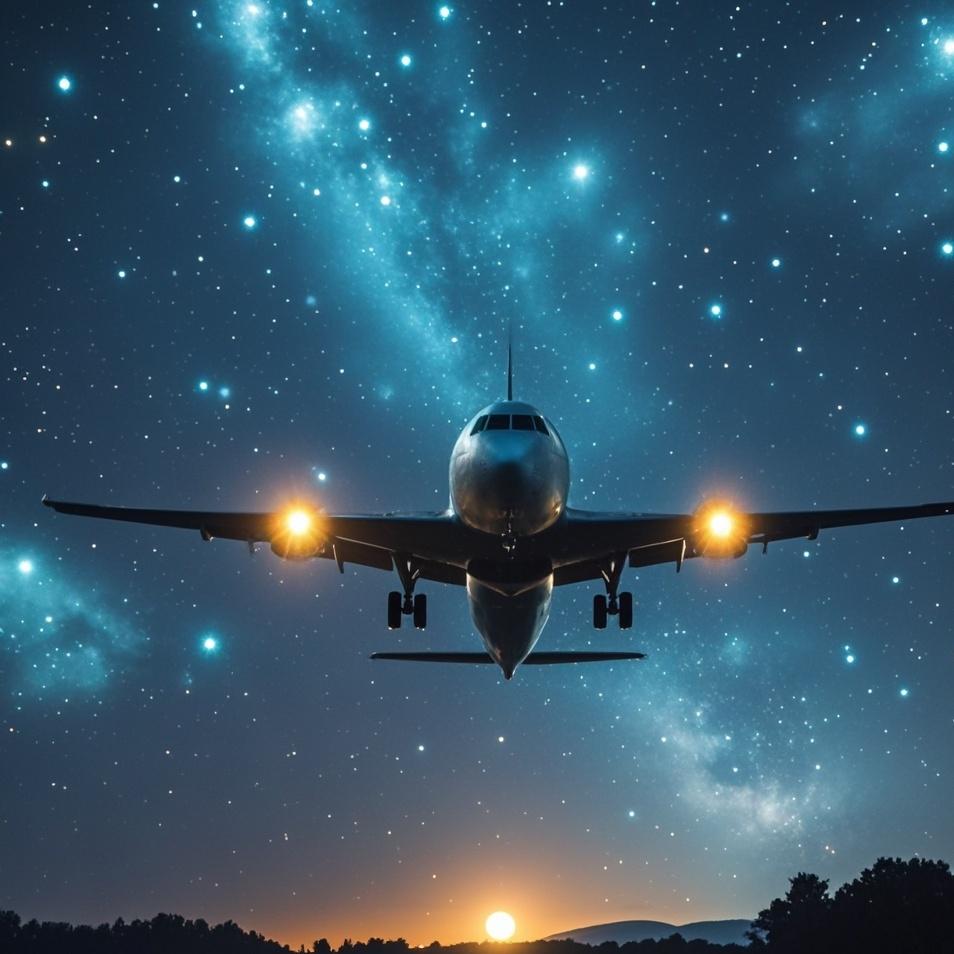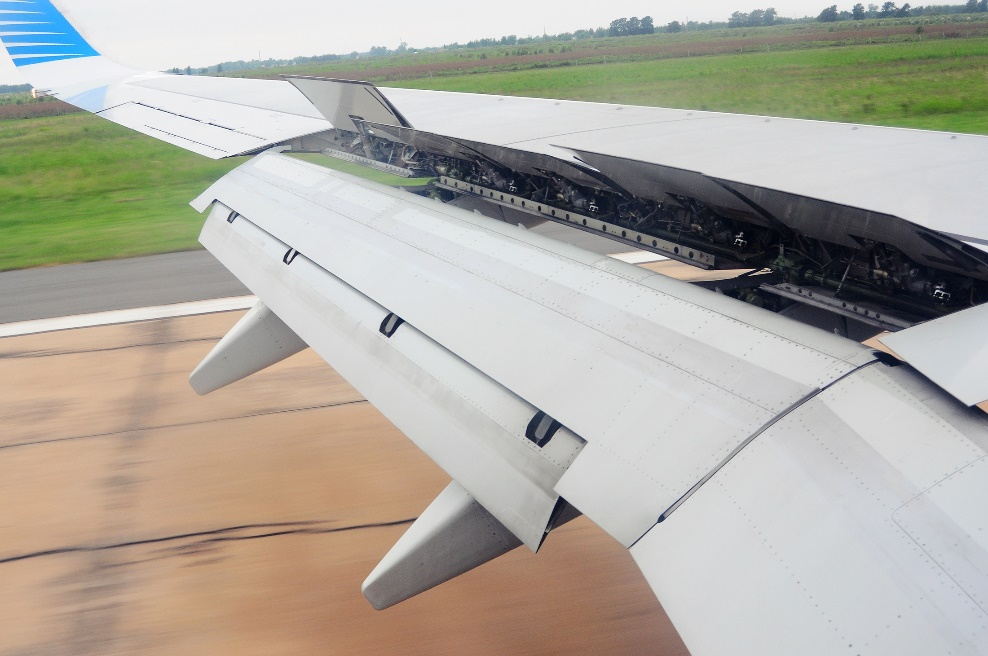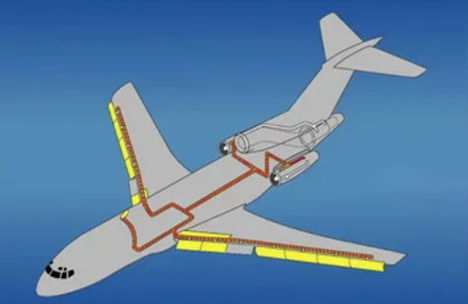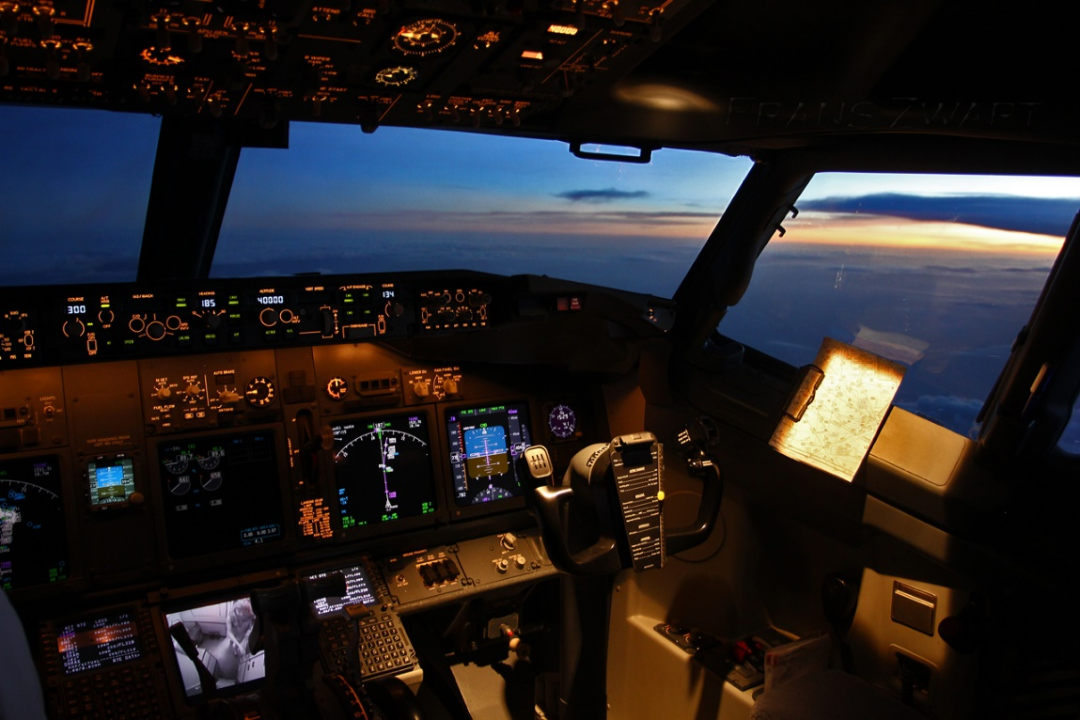On a clear night, in the sky near the airport, we often see a flash of white light passing by. That is the high-brightness strobe light that the aircraft will turn on when it is ready to land. If you look more carefully, you can also see many red, green, and white lights on at the same time in other places on the surface of the aircraft.
They each have their own duties and work together to escort the flight safety of the aircraft. In addition to the lights inside and outside the cabin, there are many places on the aircraft that need electricity, and almost all of them play an important role in the normal use and flight safety of the aircraft. Although in our cognition, aircraft are all fueled by oil, but without electricity, the aircraft may not be able to fly at all.

Although the lights on the aircraft look inconspicuous, they are crucial to the flight safety of the aircraft
Where is electricity needed on the aircraft?
When riding on a civil airliner, before the aircraft is ready to land, a low and continuous buzzing sound will be heard in the cabin. That is the sound of the electric mechanism opening the flaps. After this type of receding flap is unfolded backward and downward, it can simultaneously achieve lift enhancement and drag increase, effectively improving the landing performance of the aircraft.
In addition to the flaps visible from the aircraft window, large passenger aircraft, from landing gear and rudder to oil pumps and valves, are driven by electric mechanisms. These electric mechanisms generally use AC power for large ones and DC power for small ones. They are like switches during flight, which can reliably and accurately complete the action and adjustment tasks. The power consumption of the electric mechanism accounts for about 30% of the total power consumption of the aircraft.

Sitting by the window near the wing, you can observe closely how the electric mechanism drives the flaps to move.
The system that consumes the most power on the aircraft is the anti-icing and de-icing system, which is invisible on the surface but very important for flight safety. It accounts for about 40% of the total power supply of the aircraft. Affected by airflow and meteorological conditions, when the aircraft is flying, ice areas will form on the protruding parts such as the nose radome, the leading edge of the wings and the tail.
Severe icing will have a significant impact on flight safety. As for how big the impact is, readers can refer to the scene in the movie "Iron Man" where Iron Man's suit is frozen. Anti-icing and de-icing systems are installed in important parts of the aircraft.
The anti-icing methods of different aircraft and different parts of the aircraft are different. There are mainly thermal, liquid and mechanical methods. No matter which method is used, the driving force must rely on electricity. This is an invisible large electricity consumer, but there is no special requirement for the power supply.

The thermal de-icing system on the aircraft draws out hot air from the engine and transports them to the area that needs to be heated through pipes, which is very similar to the floor heating system of residential houses.
In addition to the above two large electricity users, the most core electronic equipment on the aircraft also occupies about 20% of the electricity consumption. These electronic devices include complex electronic instruments in the cockpit, electronic screens for passengers to pass the time in the cabin, and small buttons on the top of their heads to call flight attendants.
Of course, there are more electronic sensors and communication units scattered throughout the aircraft. With the increasing degree of electronicization and informatization of passenger aircraft, it not only enhances the flight comfort of passengers, but also reduces the difficulty of driving and controlling for pilots, but it also leads to a significant increase in the electricity consumption of electronic equipment.
Finally, the remaining power load is divided among the lighting systems inside and outside the cabin mentioned above. All these electrical appliances on the aircraft have different requirements for power supply time and power supply quality, so it is difficult to use a single power supply to meet all power needs on the aircraft.

The increasing degree of automation and more and more electronic screens make flying an aircraft easier and easier







